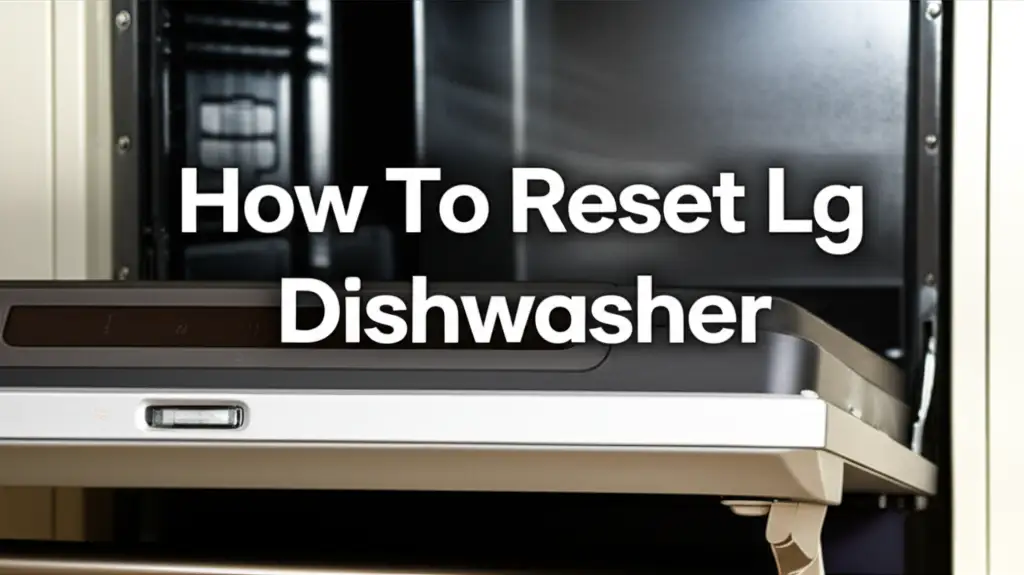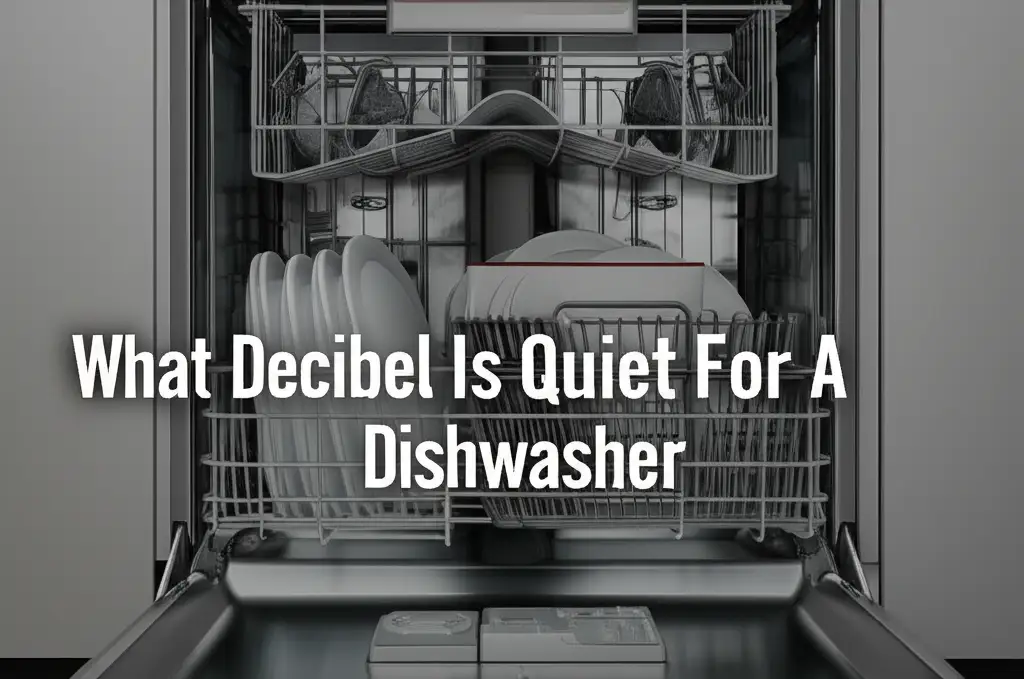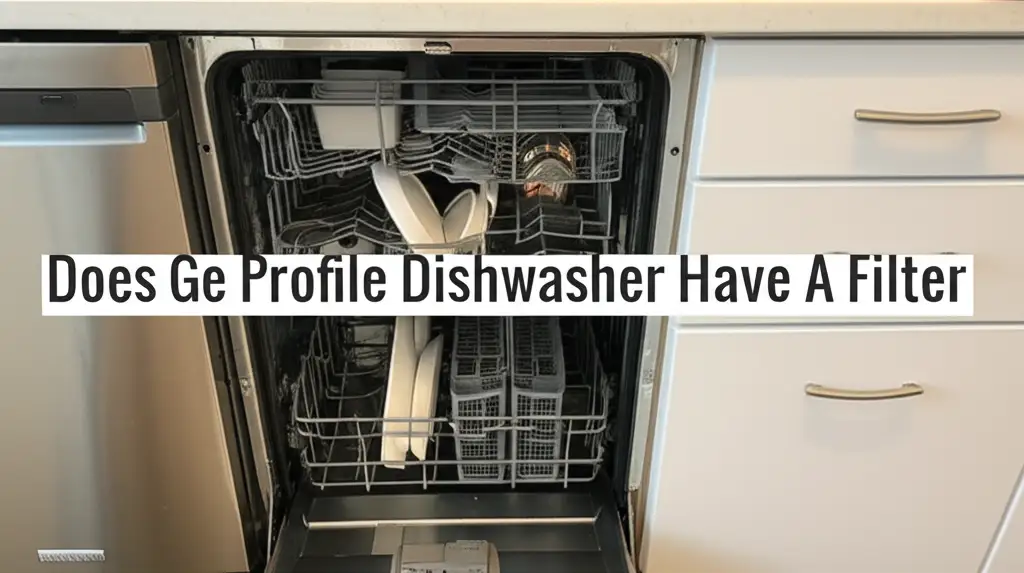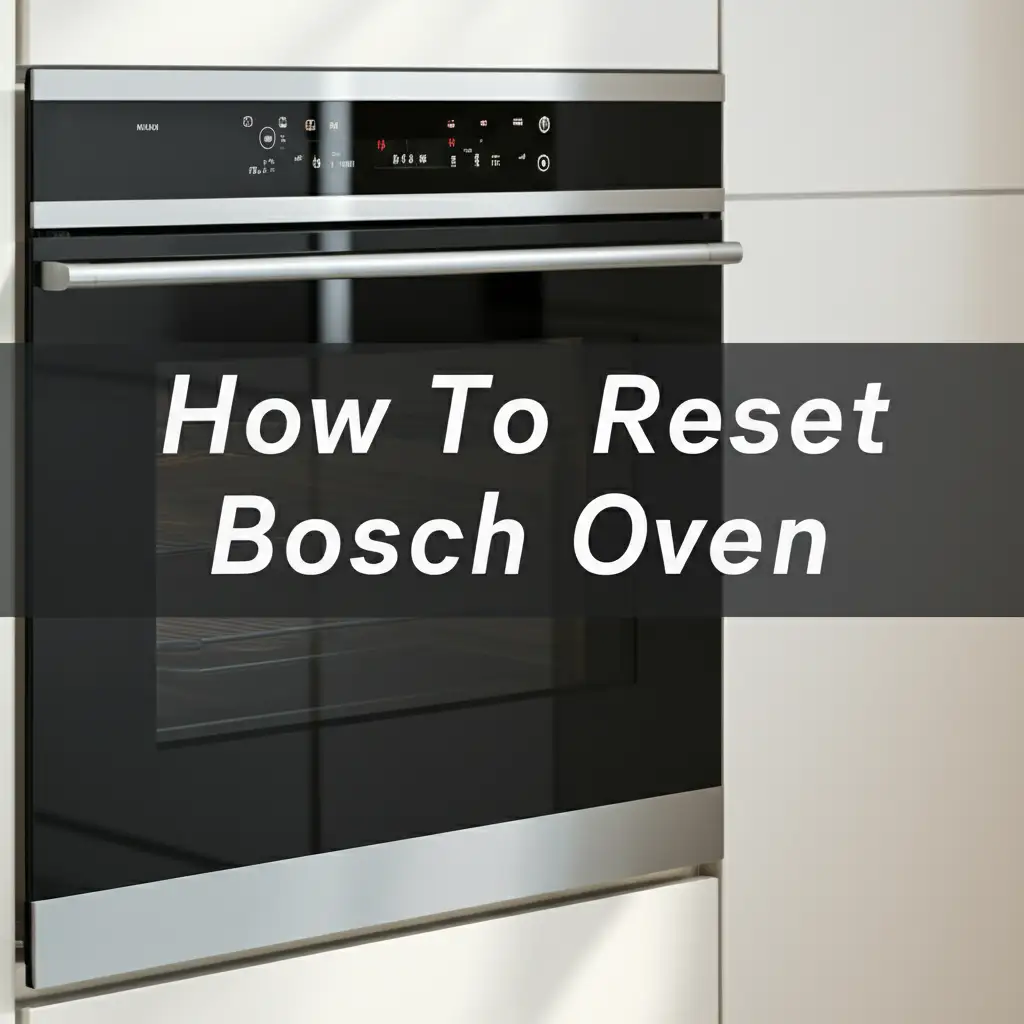· Elira Thomsen · Home Appliances · 15 min read
Can Putting Shoes In The Washing Machine Break It
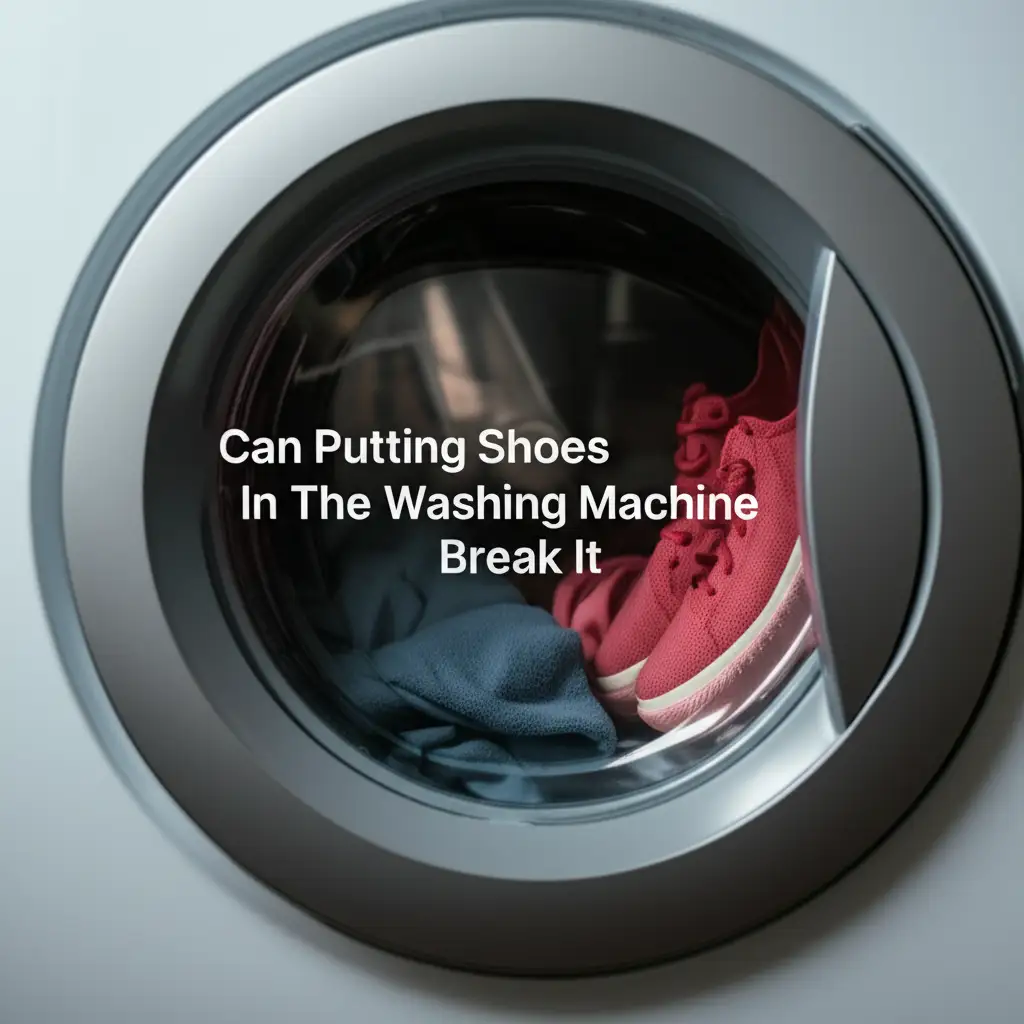
Can Putting Shoes In The Washing Machine Break It?
Many people wonder if washing shoes in a machine is safe. It is a common question. Dirty shoes need cleaning. A washing machine seems like an easy solution. However, there are real risks involved. Understanding these risks helps you protect your appliance. It also helps you clean your shoes properly. We will explore how washing shoes can affect your machine. We will also share safe cleaning methods.
Introduction
We all have shoes that get dirty. From muddy sneakers to dusty canvas shoes, they need regular cleaning. The idea of tossing them into the washing machine is appealing. It saves time and effort. But before you do, you should consider if putting shoes in the washing machine can break it. This is a valid concern for any homeowner.
The truth is, washing shoes can potentially harm your washing machine. This depends on several factors. These factors include the type of shoes, the machine model, and the washing settings used. You risk internal damage. You also risk loud noises and vibrations. This article will explain these dangers. We will also provide clear steps for safe shoe washing. Our goal is to help you clean your shoes effectively. We also want to help you keep your washing machine running smoothly.
Takeaway
- Risk of Damage: Shoes can cause mechanical stress to your washing machine’s drum, motor, and agitator due to their weight and hard parts.
- Preventative Measures: Always place shoes in a mesh laundry bag with towels to reduce impact.
- Proper Settings: Use a cold water, delicate cycle, and low spin speed.
- Drying: Air dry shoes away from direct heat to prevent damage and odor.
- Machine Maintenance: Regularly inspect and clean your washing machine after washing shoes to prevent long-term issues.
Can putting shoes in the washing machine break it?
Yes, putting shoes in the washing machine can potentially break it or cause significant damage. The hard parts of shoes, like soles and eyelets, can hit the drum violently. This can bend the drum. It can also damage the agitator or motor. Heavy, water-logged shoes also create an unbalanced load. This strains the machine’s suspension system.
Understanding the Risks: How Shoes Damage Your Washer
Washing machines are built to handle soft fabrics. They are not designed for hard objects. Shoes introduce hard, heavy, and often abrasive materials into the wash cycle. This creates several risks. Knowing these risks helps you avoid costly repairs.
One main concern is the impact. Shoe soles are tough. They can hit the inside of the drum with force. This impact can cause dents or cracks. Over time, these small damages worsen. The drum may become unbalanced. This leads to louder noises and poorer wash performance.
Another risk involves the agitator in top-loading machines. Shoes can get caught around it. This can strain the agitator mechanism. It can even break parts off. In front-loaders, shoes can hit the door or gasket repeatedly. This can cause leaks or damage the seal. These issues compromise the machine’s function.
Furthermore, shoes absorb a lot of water. This makes them much heavier. A heavy, unbalanced load puts stress on the motor. It also strains the machine’s suspension springs. These parts work hard to balance the load. Too much stress can cause them to wear out faster. This leads to expensive repairs or even total machine failure. Understanding these impacts is crucial. It helps you decide how to wash your footwear.
The Drum’s Dilemma: Impact and Imbalance Issues
The washing machine drum is central to its function. When you wash shoes, this drum faces significant challenges. Hard shoe soles can cause damage. They hit the drum walls forcefully during agitation and spinning. This constant impact can create dents. It can also create scratches inside the drum. Over time, these small imperfections can worsen. They can even lead to more serious structural issues for the drum itself.
Another major problem is imbalance. Shoes absorb water differently. They also have varying weights and shapes. When they tumble inside the drum, they do not distribute evenly. This creates an unbalanced load. During the spin cycle, an unbalanced load causes the drum to wobble violently. This excessive vibration puts immense strain on the machine’s suspension system.
The suspension system includes springs and shock absorbers. Their job is to keep the drum stable. If they are constantly under strain from unbalanced loads, they wear out quickly. Worn-out suspension parts lead to loud noises, machine movement, and reduced efficiency. In severe cases, an unbalanced load can cause the drum to hit the machine casing. This can cause significant internal damage. It can even break the machine completely. Proper loading is key to avoid these issues. Understanding what goes where in a washing machine can prevent such problems.
Protecting the Motor and Agitator: Mechanical Strain
Beyond the drum, the motor and agitator are vulnerable parts. They experience significant strain when washing shoes. The motor powers the drum’s rotation. It also drives the agitator’s motion. When shoes add weight and imbalance, the motor must work harder. This extra effort can cause the motor to overheat. It can also lead to premature wear. An overheated motor can trip circuit breakers. It can even burn out completely. This is one of the most expensive repairs.
For top-loading machines, the agitator is a central post. It twists and turns to move clothes. Shoes can get tangled around the agitator. They can also get trapped underneath it. This puts direct pressure on the agitator mechanism. It can bend or break the agitator fins. It can also damage the drive shaft. Fixing a damaged agitator can be complex. Sometimes, you may need to remove the middle part of the washing machine to access it.
Both the motor and agitator are crucial for your machine’s operation. Any damage to these parts can render your washing machine unusable. This highlights the importance of careful washing practices. You must reduce the mechanical stress on these vital components. Proper care ensures your machine lasts longer.
Hidden Dangers: Clogs and Water Damage
Beyond mechanical stress, washing shoes presents other hidden dangers. These dangers include potential clogs and water damage. Shoes can shed dirt, debris, and small particles during a wash. These particles can accumulate in the drain pump filter. They can also clog the drainage hoses. A clogged drain prevents water from leaving the machine. This can lead to standing water inside the drum. It can also cause leaks.
Another concern is the material breakdown from shoes. Older shoes, or shoes with delicate parts, can break apart. Pieces of rubber, foam, or fabric can detach. These pieces can get stuck in the pump or drain lines. This creates more severe blockages. Such clogs often require professional service to clear. Regular maintenance, like knowing [how to clean your top loader washing machine](https://www.cosyhomecreation.com/how-to-clean-top-loader-washing machine), can help prevent these issues.
Water damage is also a risk. If a shoe gets caught in the door seal of a front-loader, it can create a gap. This gap allows water to leak out. A leak can damage your flooring. It can also lead to mold growth. Worse, water can seep into the machine’s electrical components. This can cause a short circuit. It can also pose a serious electrical hazard. These hidden dangers emphasize the need for caution. You must weigh the convenience against the potential costs.
Best Practices for Washing Shoes Safely
Washing shoes in a machine is possible with the right precautions. Following best practices reduces the risk of damage. It also helps achieve a clean wash. First, always remove excess dirt from shoes before washing. Use a brush or old toothbrush. This prevents mud and debris from clogging your machine’s filters.
Next, prepare your shoes for the wash. Remove laces and insoles. Wash them separately by hand or in a small mesh bag. This ensures thorough cleaning. It also prevents laces from tangling. Place your shoes in a mesh laundry bag. This contains them. It also prevents them from hitting the drum directly. If you do not have a mesh bag, a pillowcase works too. Tie it closed securely.
Add a few old towels to the wash. The towels act as a buffer. They cushion the shoes. This reduces the impact on the drum. They also help balance the load. This prevents excessive wobbling. Use a mild detergent. Avoid harsh chemicals or bleach. These can damage shoe materials. They can also harm your machine.
Finally, choose the right wash cycle. A cold water, delicate cycle is best. Use a low spin speed. Cold water protects shoe materials. It also prevents colors from bleeding. A delicate cycle is gentle on both shoes and machine. Low spin speed reduces violent movements. It also reduces strain on the motor. Following these steps helps protect your appliance. It also keeps your shoes in good shape.
Step-by-Step Guide to Washing Shoes in the Machine
- Pre-Clean: Remove loose dirt, mud, and debris using a brush or cloth.
- Prepare Shoes: Take out laces and insoles. You can hand wash them or put them in a separate small mesh bag.
- Use a Mesh Bag: Place each pair of shoes in a sturdy mesh laundry bag. This protects the shoes and the machine drum.
- Add Towels: Put 2-4 old towels into the washing machine along with the bagged shoes. The towels cushion the impact and balance the load.
- Select Detergent: Use a small amount of mild liquid laundry detergent. Avoid powder detergents, as they may leave residue.
- Choose Settings:
- Water Temperature: Cold water. This prevents colors from fading and glues from weakening.
- Cycle: Delicate or gentle cycle. This uses less agitation.
- Spin Speed: Low spin or no spin. This minimizes vibrations and stress on the machine.
- Start Wash: Begin the wash cycle. Stay nearby to listen for unusual noises.
- Post-Wash Care:
- Air Dry: Remove shoes immediately after the cycle. Air dry them away from direct heat or sunlight. Stuff them with paper towels to help absorb moisture and maintain shape.
- Reassemble: Once completely dry, reinsert laces and insoles.
Post-Wash Care and Machine Maintenance
After washing your shoes, immediate post-wash care is vital. This applies to both your shoes and your machine. Proper drying of shoes is essential. Do not put them in a dryer. The high heat can shrink or melt shoe materials. It can also damage the glue. This causes shoes to fall apart. Instead, air dry your shoes. Place them in a well-ventilated area. Avoid direct sunlight. Stuff them with paper towels or newspaper. This absorbs moisture. It also helps them keep their shape. Change the paper every few hours. Let shoes dry completely before wearing them. This prevents odors and mildew.
Caring for your washing machine after washing shoes is equally important. Even with precautions, some dirt or debris might remain. Check the drum for any lingering grit. Wipe it clean with a damp cloth. Also, inspect the rubber gasket around the door of front-loading machines. Small particles can get trapped there. Clean this area thoroughly. Regularly cleaning your washing machine agitator is also a good practice. This ensures no debris gets stuck.
Consider running a self-clean cycle or an empty hot water wash. Add a cup of white vinegar to the detergent dispenser. This helps flush out any residual dirt. It also sanitizes the machine. Vinegar can also help keep your machine fresh. Is it okay to put vinegar in your washing machine? Yes, it is safe and recommended for cleaning. Regular maintenance ensures your washing machine remains efficient. It also helps it last for many years.
Knowing When to Avoid the Machine Wash
Not all shoes are suitable for machine washing. Some materials and styles cannot withstand the process. Understanding these limitations prevents damage to your shoes. It also protects your machine. Avoid washing shoes made of leather or suede. Water can stain these materials. It can also cause them to shrink or crack. Delicate embellishments, beads, or sequins can also detach. They can damage both the shoe and the machine.
Shoes with memory foam or gel inserts are also not ideal for machine washing. These materials can break down or lose their cushioning properties. Excessive water and agitation are damaging. Similarly, shoes with sensitive glues or intricate designs should be hand-washed. The machine’s vigorous motion can cause them to fall apart. This can create debris that clogs your machine.
Always check the care label on your shoes if available. If there is no label, consider the materials. When in doubt, hand washing is a safer alternative. For specialized materials, consult the shoe manufacturer’s website. They often provide specific cleaning instructions. Choosing the right cleaning method preserves your footwear. It also safeguards your appliance. Avoid unnecessary risks by knowing when to say no to machine washing.
When to Call a Professional: Signs of Machine Damage
Even with the best precautions, accidents happen. Sometimes, washing shoes can lead to washing machine damage. Knowing the signs of damage helps you decide when to call a professional. Ignoring these signs can lead to costlier repairs. It can also lead to complete machine failure.
One common sign is unusual noise. If your machine starts making loud banging, grinding, or thumping sounds, it is a problem. These noises often indicate a loose drum. They can also point to damaged bearings. An unbalanced load from shoes can cause this. Persistent vibrations are another warning. If your machine shakes excessively, even with balanced loads, its suspension might be damaged.
Leaks are also a clear sign of trouble. A damaged door gasket can cause leaks. Internal hose damage can also cause leaks. This is especially true if a shoe got stuck. Poor wash performance is also an indicator. If clothes are not clean, or remain soaking wet, something is wrong. This could be a motor issue. It could also be a drainage problem caused by debris.
Finally, if the machine stops working altogether, it needs attention. If it does not start, or lights blink erratically, seek help. Do not attempt complex repairs yourself. Trying to do it yourself on a washing machine for major issues can worsen the problem. Contact a qualified appliance repair technician. They can diagnose the issue safely. For specific brand issues, like knowing how to fix an Electrolux washing machine, specialized guides exist. Prompt action can save your machine. It can also save you from buying a new one.
Alternatives to Machine Washing Shoes
For shoes not suitable for machine washing, or if you prefer extra caution, several alternatives exist. These methods effectively clean shoes without machine risks. Hand washing is a great option. Fill a basin with warm water and mild detergent. Use a soft brush or cloth to scrub the shoes. Focus on stained areas. Rinse thoroughly with clean water. This method provides control. It is gentle on delicate materials.
Spot cleaning is another effective technique. For small dirt marks or scuffs, target the specific area. Mix a small amount of detergent with water. Use a toothbrush or sponge. Gently scrub the spot. Wipe clean with a damp cloth. This method is quick. It is also good for minor issues.
For specific materials like suede or leather, use specialized cleaners. Suede brushes remove dry dirt. Suede erasers lift stains. Leather cleaners and conditioners keep leather soft. Always test these products on a hidden area first. This checks for colorfastness.
Consider using a shoe deodorizer. For shoes that smell but are not visibly dirty, deodorizers work wonders. Baking soda sprinkled inside shoes overnight absorbs odors. You can also buy commercial shoe deodorizers. These alternatives ensure your shoes stay clean. They also protect your washing machine. They offer a safe way to maintain your footwear.
FAQ Section
Can I wash all types of shoes in the washing machine?
No, you cannot wash all types of shoes in the washing machine. Avoid leather, suede, and delicate shoes with embellishments. These materials can get damaged by water and agitation. Always check the shoe’s care label. When in doubt, hand wash.
What setting should I use to wash shoes in a washing machine?
Use a cold water, delicate, or gentle cycle. Select the lowest spin speed, or no spin, if available. This minimizes impact and reduces strain on your washing machine. Cold water also protects shoe materials and prevents colors from running.
Do I need to use a laundry bag for shoes?
Yes, using a mesh laundry bag is highly recommended. It protects the shoes from direct impact against the drum. It also keeps laces and small parts contained. This prevents them from tangling or causing damage to the machine.
How do I prevent my washing machine from getting damaged by shoes?
To prevent damage, always put shoes in a mesh bag with a few old towels. Use a cold, delicate cycle with low spin. Remove excess dirt before washing. Never overload the machine. Consider air drying shoes completely afterward.
What should I do if my washing machine makes loud noises after washing shoes?
Loud noises like banging or thumping often signal a problem. This might indicate an unbalanced drum or damaged suspension. Stop the machine immediately. Check for trapped objects. If the noise continues, call a professional appliance technician.
Can shoes cause a washing machine to leak?
Yes, shoes can cause a washing machine to leak. If a shoe gets caught in the door seal of a front-loader, it can create a gap. This gap allows water to escape. Hard impacts can also damage hoses or internal components, leading to leaks.
Conclusion
Washing shoes in your machine offers convenience. However, it carries definite risks. Understanding these risks is important. Heavy, hard shoes can damage the drum, agitator, and motor. They can also cause imbalances. This leads to costly repairs. By following safe washing practices, you can minimize these dangers. Always use a mesh bag. Add old towels. Select a cold, delicate cycle with low spin. These steps protect your appliance.
Not all shoes are suitable for machine washing. Leather, suede, and embellished shoes require hand cleaning. Knowing when to avoid the machine is crucial. Proper post-wash care for both shoes and machine also extends their lifespan. If your washing machine shows signs of damage, act quickly. Seek professional help for serious issues. By taking these precautions, you can keep your shoes clean and your washing machine running well for years.


